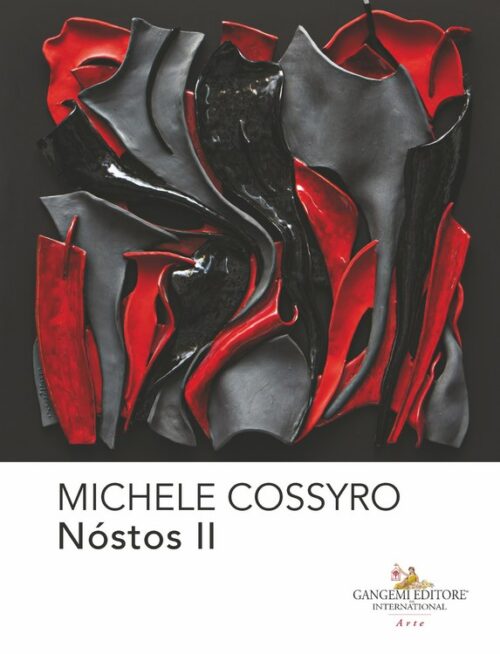
20,00 €
Potrebbero interessarti anche
I Colori delle Avanguardie – Colours of the Avant-garde
Arte in Romania - Romanian Art 1910-1950
A cura di: Kessler Erwin
Facing English text
Formato: 21 x 29,7 cm
Legatura: Filorefe
Pagine: 128
Anno edizione: 2011
ISBN: 9788849221985
EAN: 8849221983
UB. INT. : T463H V12h V41c
Contenuto
Non possiamo dire che I Colori dell’Avanguardia sia una mostra dedicata all’avanguardia, neanche ad un’avanguardia così complessa e contraddittoria come quella romena. Se la si guarda con spirito purista, questa mostra è quasi un tradimento. Non solo si apre con opere moderniste create attorno al 1910, molto prima dell’aurora dadaista europea nata nei lunatici incontri del Cabaret Voltaire, ma si chiude con montaggi pseudoavanguardisti, opere del realismo socialista posteriori al 1950, nate quindi molto dopo la fine ufficiale dell’avanguardia storica propriamente detta. Inoltre, gran parte della mostra è dedicata ad un miscuglio di modernismi moderati, dal simbolismo ad un postimpressionismo classico, tradizionale, influenzato dalle opere di Cézanne, dal costruttivismo al surrealismo o ad un espressionismo che scivola armoniosamente verso la Neue Sachlichkeit, il realismo corporativo dall’obiettività carica d’ideologia. A dispetto delle posizioni politiche teoricamente antitetiche di questi orientamenti, sorprendono alcuni temi iconografici ricorrenti che collegano artisti, opere ed eventi apparentemente situati ai poli opposti di un unico contesto artistico locale. Ma è proprio questa la scommessa di questa mostra.
Colours of the Avant-garde is decidedly not an exhibition thoroughly and honestly dedicated to the avant-garde, not even to the complex and contradictory, Romanian one. Seen from the purist, advanced avant-garde outposts, the exhibition is almost disloyal. It not only starts with modernist works of the 1910s, long before the Dadaist European debut through the agency of the lunatic proceedings at Cabaret Voltaire, but it also ends with pseudo-avant-garde, realist-socialist collages produced in 1950s, long after the official expiration of the properly historical avant-garde. Moreover, the very bulk of the exhibition is assigned to a mixture of various kinds of mellow modernisms, ranging from Symbolism to a Cézanne-touched classical, traditional post-impressionism or from Constructivist to Surrealist and even somehow retarded, Expressionist works. Despite the fact that most of their ideological standpoints were theoretically adverse, one is struck by the unexpected recurrence of some prominent iconographical data that link together artists, works and events apparently disconnected, placed at the opposing ends of the same art scene. But this is precisely the point of the exhibition.
Parole chiave
Condividi su













